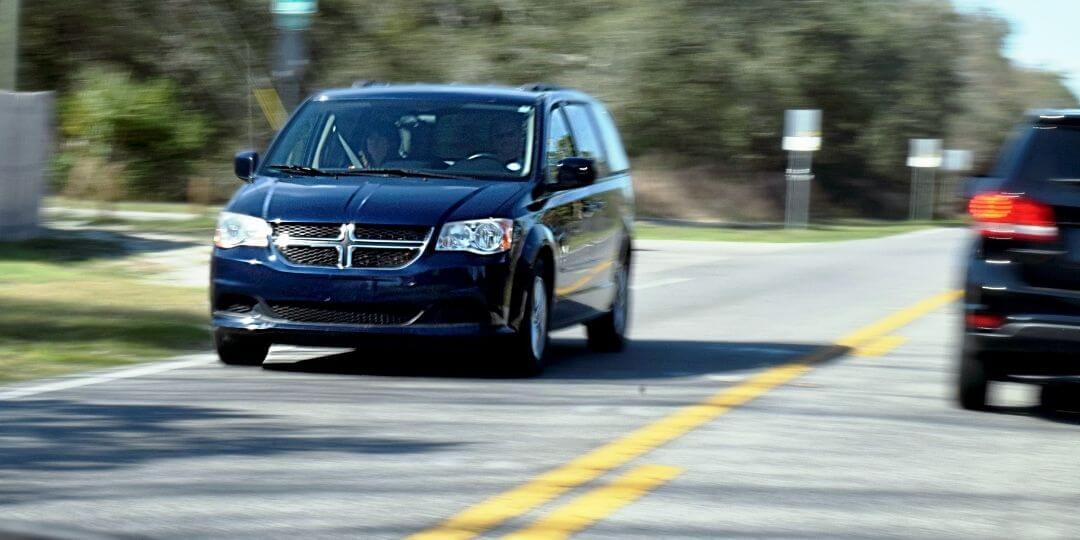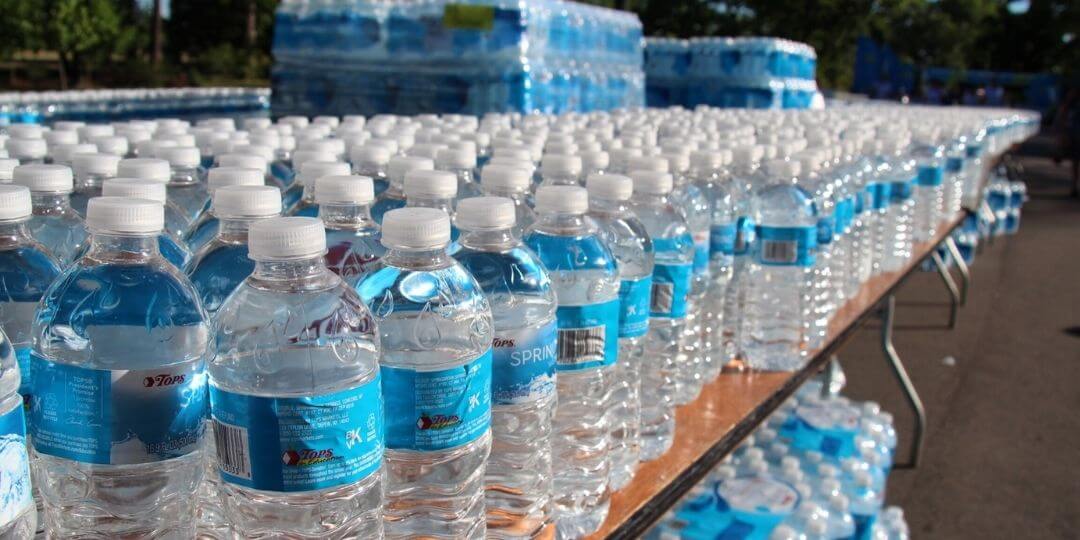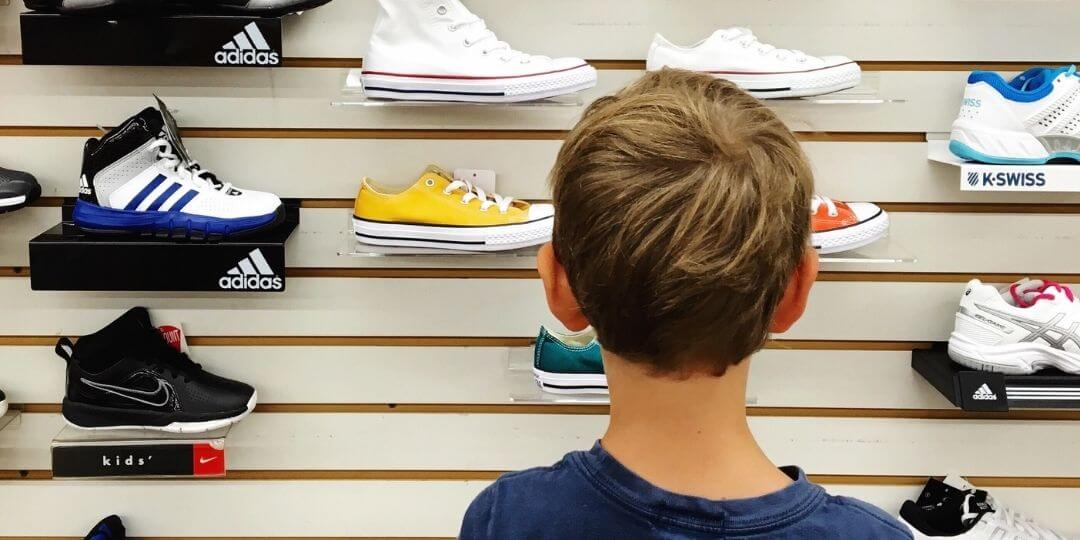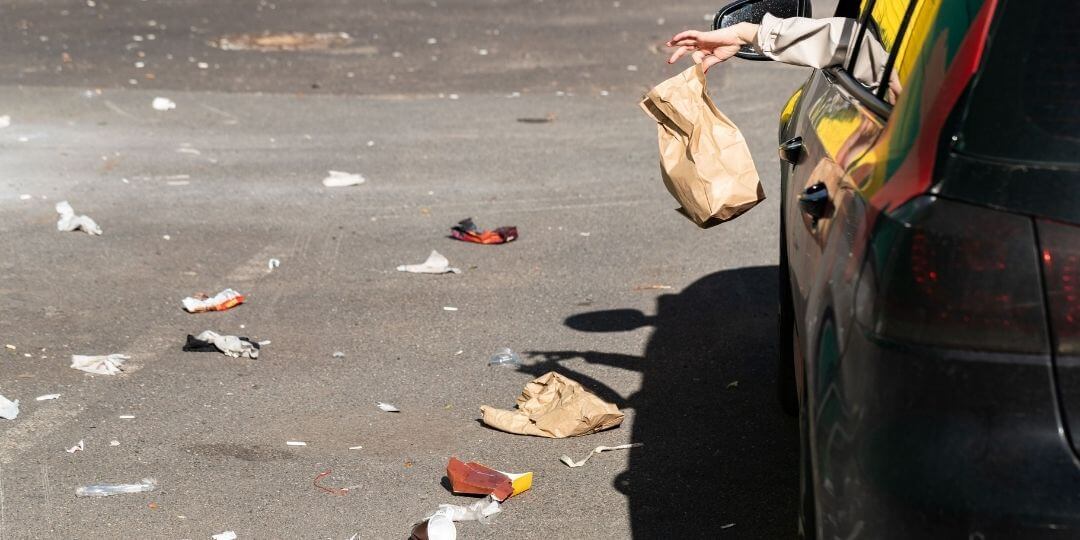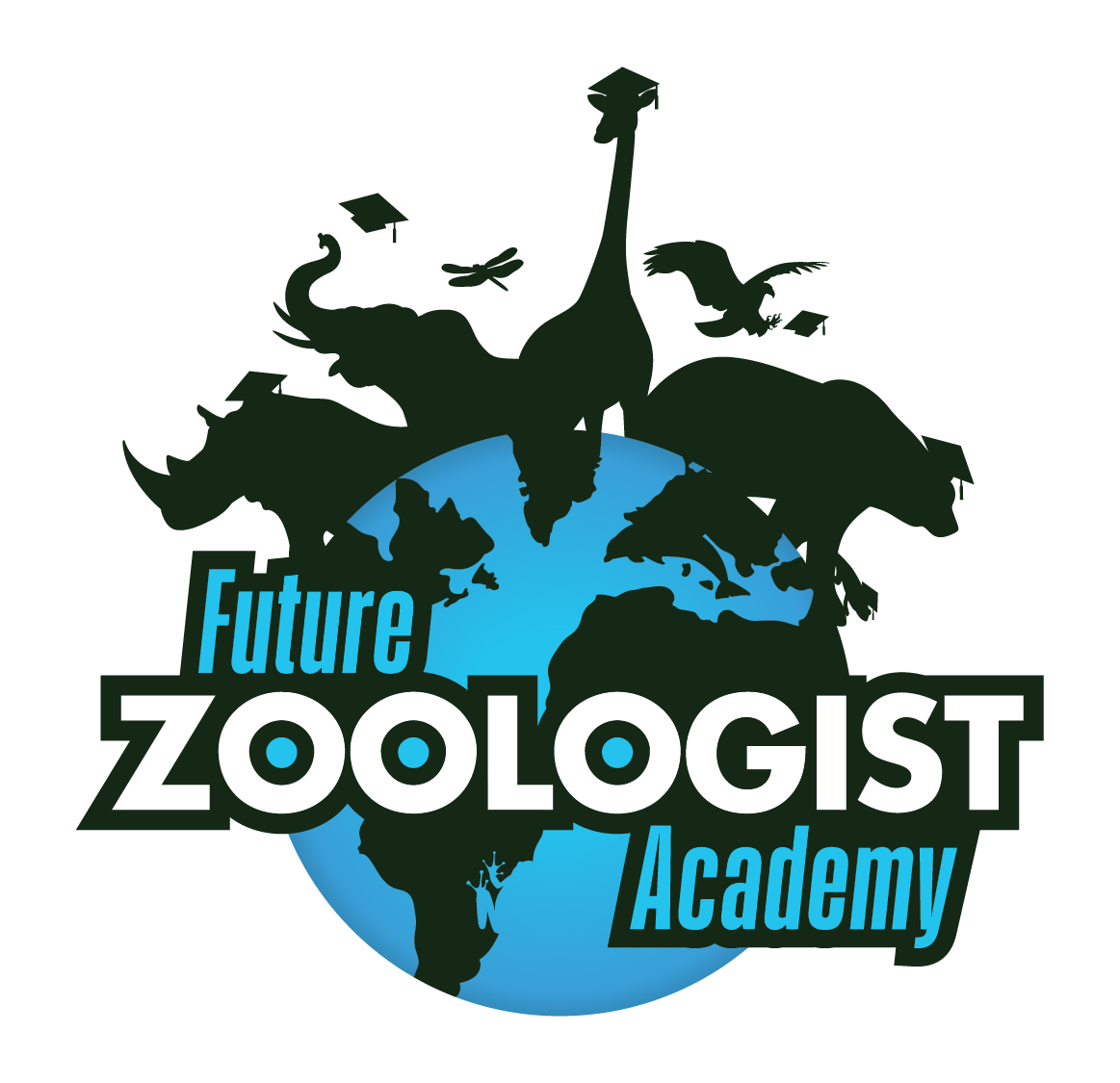Endangered Species
Looking for More Lessons like This?
Future Zoologist Academy offers more than 100 zoology and ecology lessons for grades 3-8. Explore educational videos, readings, quizzes, activities, projects, and more. Each lesson is designed specifically for kids who love animals.
What Is an Endangered Species?
An endangered species is an organism that is at risk of extinction.
Animals can become endangered for many reasons. Sometimes the animal itself is threatened and, other times, their ecosystem or habitat is threatened. Often, it's both.
Some animals are more at risk for extinction than others, so scientists and the International Union for Conservation of Nature (IUCN) developed a way to classify them!
The International Union for Conservation of Nature
IUCN
The IUCN is an international group that works to identify and classify endangered species and the conservation actions that would be most helpful to those species!
Made up of both government and civil organizations, the IUCN works to collect and analyze data about thousands of species and educate local communities on conservation and sustainability.
Why Does It Matter How We Classify Animals?
Classifying animals helps us protect them! By knowing which animals are the most endangered (closest to extinction), we can focus our conservation efforts where they are needed most.
What Major Threats Do Animals Face?
HABITAT LOSS
One of the most common reasons animals become endangered is because their homes are being destroyed. As the human population grows, we need more space to live and grow food and we often get that space by destroying wild ecosystems. This means there are fewer places for wild animals to live!
Orangutans are only found on small islands off the coast of Southeast Asia and are quickly losing their forest home so humans can grow palm oil plants.
HUNTING OR POACHING
Wild animals are not only hunted for food, they are also hunted for "trophies" or because they are living too close to people.
Shark populations are severely threatened because of poaching for their fins, which are used in a traditional Asian dish.
Elephants are being poached for their ivory tusks, which many people view as a trophy. They are also frequently killed by angry farmers while traveling through communities where they will eat and trample entire farms.
POLLUTION
Many ecosystems, even in places where people don't live, are polluted with trash and chemicals. Some of the world's most remote islands have been impacted by our garbage! From oil spills to microplastics, it is clear that humans have polluted some very important ecosystems.
Sea turtles are a very common example of an animal impacted by pollution. Green sea turtles have been known to swallow plastic bags thinking they are jellyfish, which can lead to their death.
INVASIVE SPECIES
Some of the animals that live in your area may not actually be from there! Many animals have been introduced to places where they are not normally found. This can happen on accident or on purpose! Animals that are introduced can mess-up the balance of an ecosystem by competing with (or eating!) the native animals.
Bullfrogs were originally native to the eastern United States but were introduced to the West in the late 1800s. Since then, they have out-competed many native amphibians and have caused many to become endangered.
CLIMATE CHANGE
As humans continue to use nonrenewable energy, we are constantly pumping toxins into the atmosphere that are changing the global temperate. Even areas of the Earth where people don't live are being impacted by the change in weather patterns.
As the Arctic has been warming, the sea ice has gotten smaller and areas that used to be filled with wildlife are becoming unlivable. Polar bears need sea ice to hunt for seals and, as the ice melts, this becomes more and more challenging.
Why Does It Matter If an Animal Goes Extinct?
Because every animal plays an important role in their habitat! We call these roles ECOSYSTEM SERVICES.
Check out these examples of ecosystem services.
Seed Dispersal
Animals like elephants, monkeys, and birds will partially digest seeds and drop them when they use the bathroom! This helps keep plant populations (that many animals depend on!) strong.
Clean-Up Crew
Sharks, vultures, and other scavengers are responsible for cleaning up dead animals around their ecosystem and preventing the spread of diseases!
Keep Populations in Check
Predators play an important role in keeping populations of herbivores in check. Without predators, herbivore populations would grow and overgraze the landscape!
Food Source
Prey species (from ants to gazelles to rabbits) provide an important food source for carnivores. Without them, carnivores would starve.
How YOU Can Help Endangered Species!
Reduce
We can reduce both the physical items we buy and the energy we use!
By avoiding products you don't need, you reduce the demand and the emissions created when the product is produced.
By turning off lights, taking shorter showers, and riding our bikes, we can reduce the amount of energy we use!
Reuse
Many items that we throw away can be reused in different ways!
You can find new and creative ways to use plastic food containers, cereal boxes, and even take-out containers.
Buying items from a secondhand store is also a great way to reuse items that would otherwise add to trash and pollution.
Recycle
One of the easiest ways to help endangered animals is by recycling!
Recycling minimizes the amount of garbage that ends up in the landfill and environment.
Recycling also allows new products to be made from used products, which means we don't need to use new resources!
Quiz
Sustainable Solutions
Many of the things we do every day are harmful to the environment and add to threats against endangered species. For each action below, identify how you could make it more sustainable!
CHALLENGE
Sustainable Changes
To help protect endangered species, we all need to make sustainable choices!
For this challenge, record one new sustainable choice you make every day for the next week. Make an effort to continue making these choices so you can live a sustainable life.
Looking for More Lessons?
Future Zoologist Academy is a virtual zoology and ecology program designed for kids who love animals. Explore more than 100 complete lessons that will strengthen your knowledge of core science topics like adaptations and food webs while furthering your passion for wildlife and nature.


